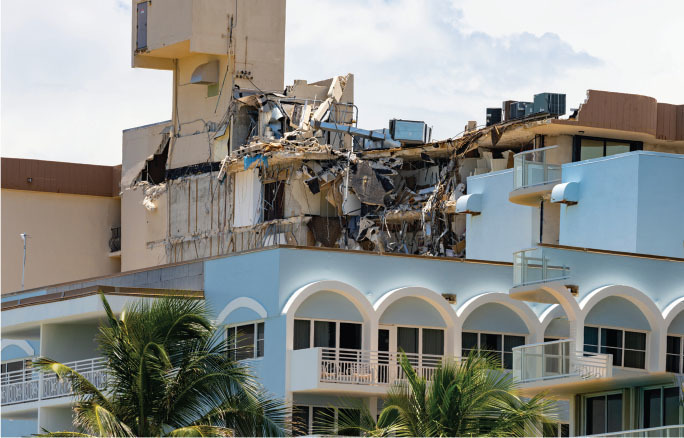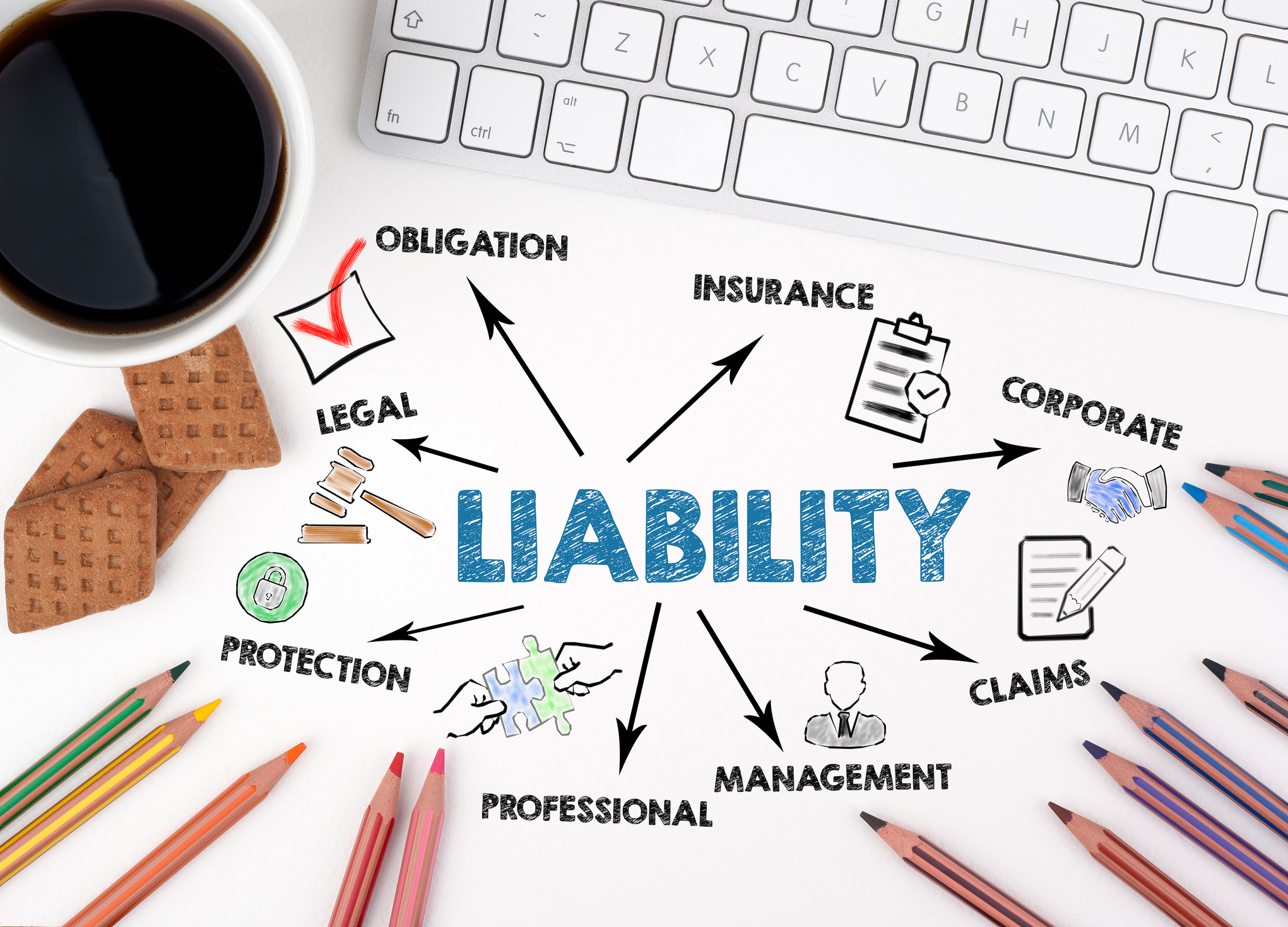March/April 2019
Legal Beat
Federal Waters, P.Eng. to PE, Roof Problems
BY ARTHUR SCHWARTZ, DEPUTY EXECUTIVE DIRECTOR AND GENERAL COUNSEL

Question: Are you aware of any state engineering licensing boards that have determined whether engineering licensing laws apply to engineering projects in oil and gas exploration or production, if the project takes place offshore in federal waters, which are not specifically in another state or in another country? (Mississippi)
Answer: At least one board, the Texas Board of Professional Engineers, does not require a seal if the project will be constructed or used in another state or country. While federal waters are technically not another state or country, according to the Texas board they are also not part of the state of Texas. As such, projects to be used in federal waters, which fall outside of the State of Texas, would not require an engineer’s seal. The Texas board notes that this interpretation applies only to federal waters, outside of Texas’s jurisdiction. If the project were to be used in Texas’s territorial waters, as defined by the Natural Resources Code, Chapter 11, an engineer’s seal would be required unless eligible for an exemption as discussed in Subchapter B of the Act.
Question: I am licensed in Canada as a P.Eng. What do I need to do to get licensed as a PE in Idaho? (British Columbia)
Answer: According to Idaho’s licensing board for engineers, if you’re licensed as a PE in any other jurisdiction of the United States, or you have been licensed and practicing in Canada for over eight years with no disciplinary actions against you (see Idaho Code 54-1219), you may complete an application for licensure by comity and provide all the necessary documentation, including college transcripts. If you do not have eight years of licensed practice, you will need to take and pass both the FE and PE examinations. You may also be required to pass an exam on local laws and rules.
Question: I hired a licensed professional to design my new office building, and I am having serious problems with the roof. What can I do? (South Dakota)
Answer: According to the South Dakota Board of Technical Professions, you should first contact your licensed professional and discuss the problem. It could be a faulty product or application problem, and the licensed professional may be able to help mediate with the supplier or contractor. If it is a design problem for which the licensed professional is responsible, however, you may choose to file a complaint with the board, claiming incompetence or negligence. The board also suggests that you refer to its website for further information on filing complaints.


 Volunteering at NSPE is a great opportunity to grow your professional network and connect with other leaders in the field.
Volunteering at NSPE is a great opportunity to grow your professional network and connect with other leaders in the field. The National Society of Professional Engineers (NSPE) encourages you to explore the resources to cast your vote on election day:
The National Society of Professional Engineers (NSPE) encourages you to explore the resources to cast your vote on election day:




